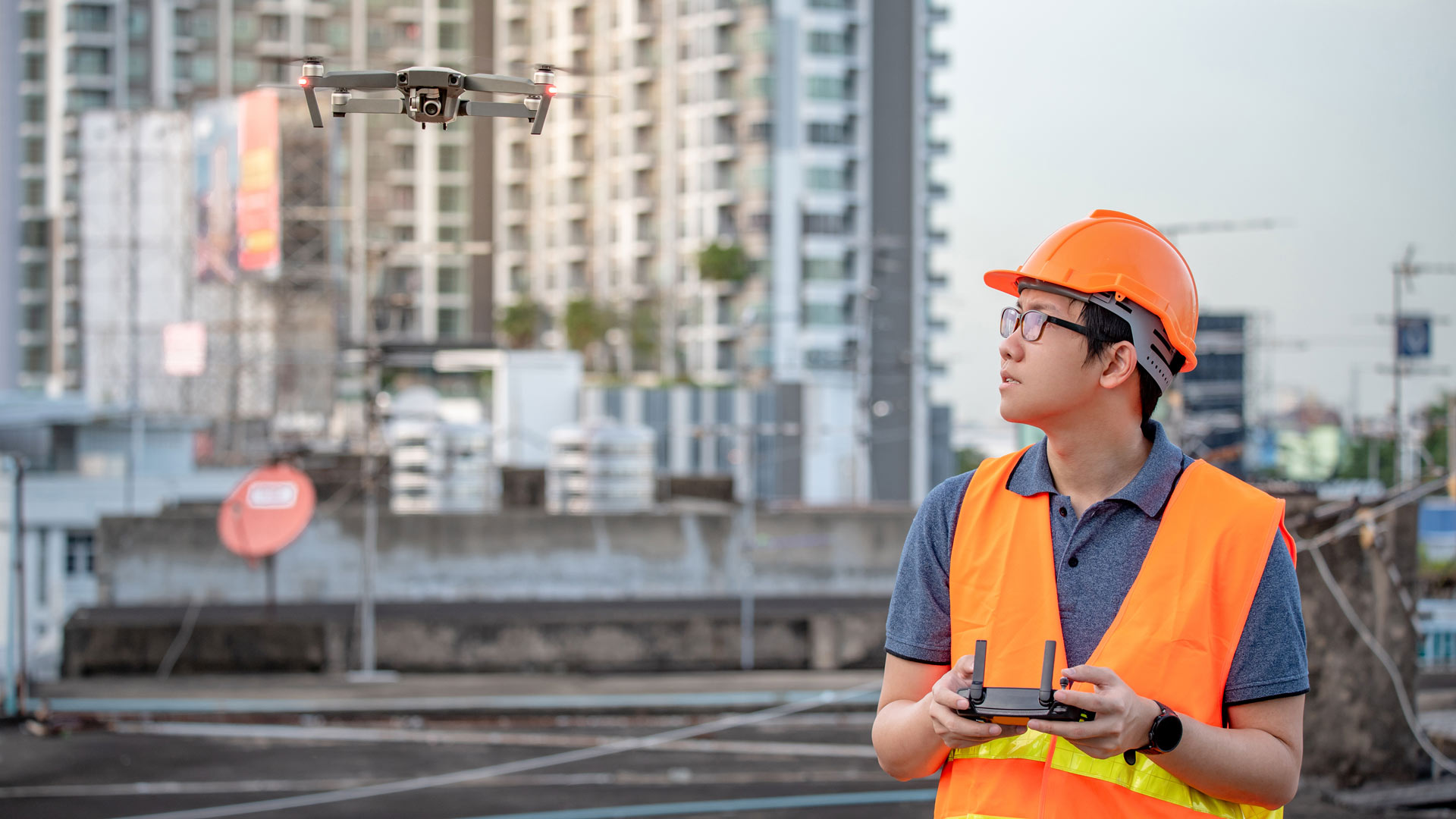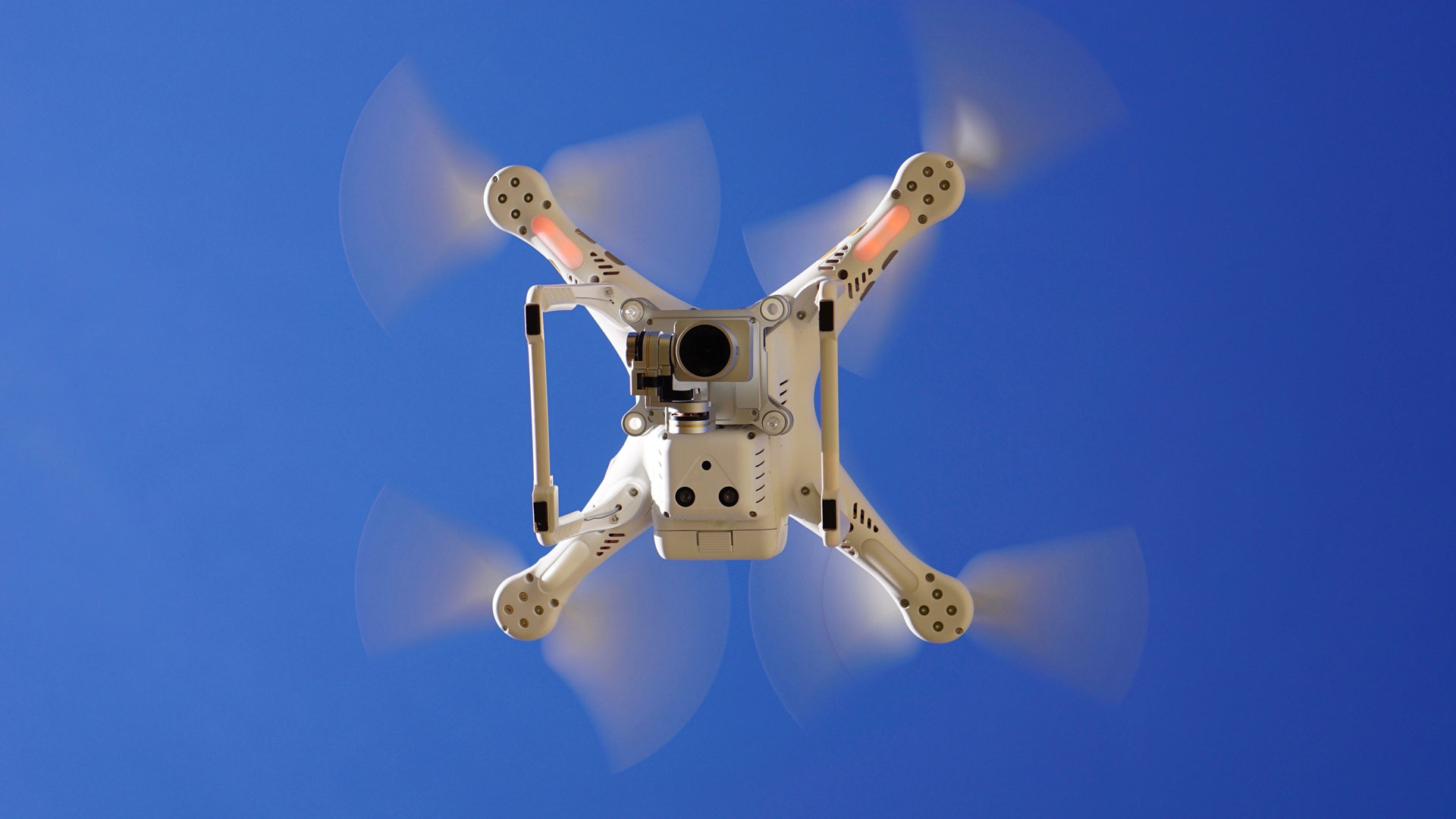Are all these drone regulations really necessary or excessive? Danny Schmid thinks they make sense. "I see parallels with car traffic: when the first cars appeared, there was no driving licence, right of way or traffic lights. There were so few vehicles on the road back then that it worked without them. But today, nobody doubts that traffic rules are essential to avoid devastating chaos on the roads." Drones can also be misused for negative purposes, for example to smuggle drugs, for (industrial) espionage or even for terrorist purposes. These so-called non-cooperative drones also require a corresponding network of laws.
With the relatively small number of drones in the airspace to date, strict rules could be largely dispensed with. But more drones are being added every month, and the trend is rising. "And that is precisely why we now need better, internationally harmonised regulation."
*Updated version of an article from the Swisscom magazine




